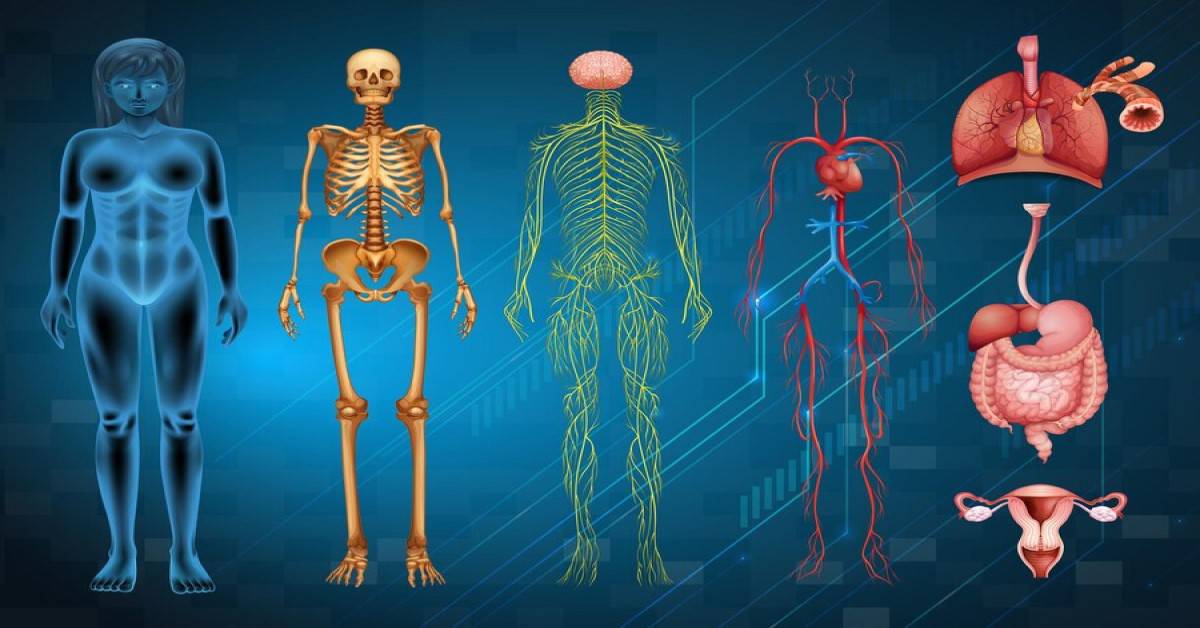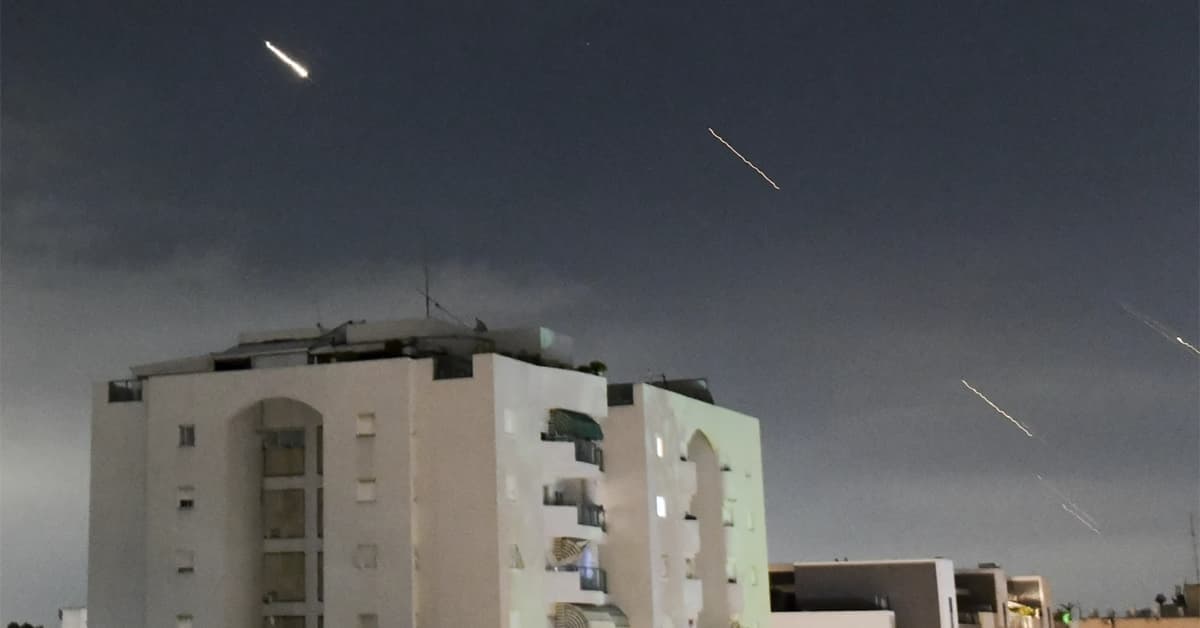Did you know the Pentagon has a high-tech laser that can identify people from a distance by their heartbeat?
Recently, the Pentagon introduced its newest creation to be used by U.S. Special Forces for its military applications.
Yes another toy for the Military-Industrial Complex, the “Jetson” Laser aka Cardiac Signature Biometric Authentication Technology,” can detect an individual’s cardiac signature from about two football fields away by measuring their heartbeat, then comparing it to a database. The device can reportedly be used to ID someone with 95% accuracy in optimal testing conditions, let’s pray it will be used for all the right reasons.
As an anti-terrorism tool, the laser makes perfect sense, it has an effective range of just over 200 meters, the device would theoretically function as a sniper weapon.
This Sci-Fi weaponized tool uses a technology called vibrometry to detect the subtle vibrations of a person’s body caused by the movement of blood throughout their circulatory system.
Developed by Ideal Innovations, Inc, which’s big with the military-industrial complex and its partners, this biotechnology is introducing us to the technical aspects of the space age era with a twist of Orwellian, let’s hope it stays on the up and up.
According to the 2017 documents from the Combating Terrorism Support Office (CTTSO), “Jetson” has been in development for several years.
A human operator could aim the laser and, under its current technical limitations, keep it trained on a target for about 30 seconds. Once a target’s been tagged by their heartbeat, the laser system can confirm their identity later by repeating the process.
The mission of this military device is that it compliments and allows our nation’s warriors a complete performing reconnaissance, one that could obtain the heart-signature of suspected terrorists ahead of a mission, let’s just hope in time, the government doesn’t reflect on who the enemies of our country are.
Such intelligence would allow any fire team sent to engage the terrorists later to take out only those pre-tagged. Or, in the event allies were embedded, snipers could alternately identify friendlies by their heartbeat and avoid firing at them.
It was designed to thwart terrorism, but the fear is that it could lead to the Holy Grail of civilian surveillance: an unethical, and invasive method of conducting biometric identifications from afar.
The biotech times we live in offer advantages over security identification approaches like facial recognition and fingerprint sensors since presumably “faking” a heart rhythm would be difficult or impossible.
According to MIT Technology Review,” a laser has been developed for the Pentagon that can read people’s unique heartbeat signatures after it was requested by US Special Forces. Code-named Jetson, the device is still in the prototype stage but is already able to read heartbeats from around 200 meters (656 feet) away, even though people’s clothing.
While other personal credentials like faces, fingerprints, and irises are typically used for recognition, similarities between individuals mean that identification errors can occur. However, every person has a completely unique and distinct heartbeat profile, making this a much more reliable biometric for pinpointing individuals.

Jetson uses a technique called laser vibrometry to detect the subtle changes in the reflection of ultraviolet light as a person’s skin and clothing move with their heartbeat.
As such, it can be used to identify people from a distance and from any angle, which is more convenient than current methods that require either a clear view of a person’s face or access to their fingers.
Speaking to MIT, Steward Remaly of the Pentagon’s Combatting Terrorism Technical Support Office said “I don’t want to say you could do it from space but longer ranges should be possible.” He also claimed that the current prototype has an accuracy of about 95 percent.
However, while military officials hope to one day use Jetson to identify insurgents from drones, a few technical issues need to be ironed out before the technology can be deployed.
At present, the laser takes around 30 seconds to generate a reading, meaning it can only be used on stationary subjects. Perhaps the greatest obstacle, though, lies in the fact that a database of cardiac signatures will need to be created so that readings can be cross-referenced and identified.”
And many people ask, how and when will this database will be created and by whom and what process? Could it be that the “Real ID” is the database that will be used to add to the JETSON LASER?
As always there are the Pro’s and Con’s involving any new technology that hits Americans in the heart, no pun intended, but there is much concern and we will remain vigilant to witness what other military-industrial complex partnerships will be involved in this process and with just cause, will remain cause.
This sophisticated technology could only enhance our way of life outside the Military community, it could prove itself a great asset and vital tool for our Medical community, First Responders, Law Enforcement, Securities, and other aspects of life, with endless possibilities, as a matter of fact, Cardiac signature biometric authentication technology could be used as a solution for mobile devices. Apple has been looking into similar technology since at least 2010.
As long as we are up to par on the goings-on within our military and political powers, Americans remain free from a tyrannical government and maintain the integrity of this device, and its narrative, keeping it void from weaponization targeted against Americans, by Americans we will be successful.
As usual, there are concerns, should this remote surveillance method become more widely used, it will definitely be met with many privacy issues.
Americans are sick and tired of being monitored, photographed, censored, spied upon, and listened to by modern-day technologies such as our televisions, cell phones, Alexa, our vehicles, and other spheres of technological advancements that could cost us our personal freedoms and national security.
























